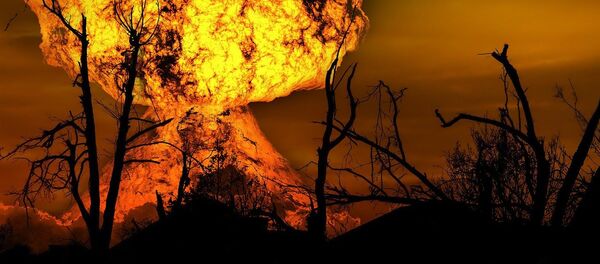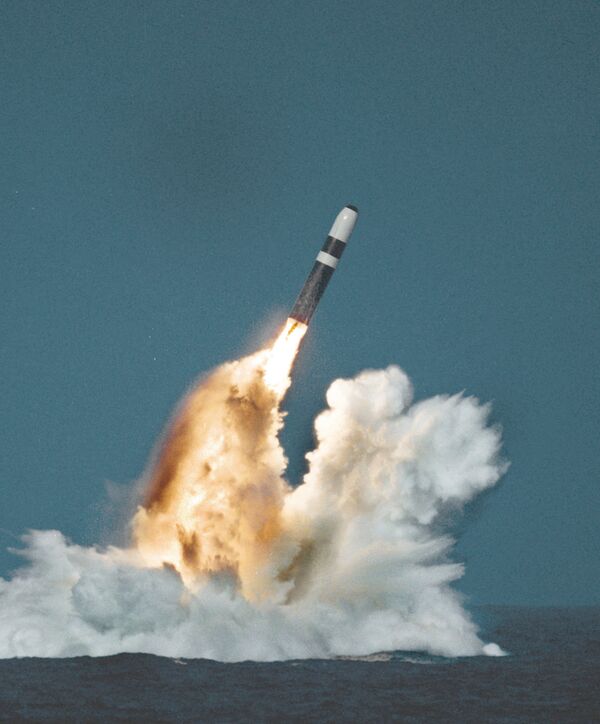Apart from a fusion charge, the nuclear warhead contains a control unit which looks like water can and which performs several tasks.
Its main goal is to detonate the charge at a specific, strictly-determined. Nuclear weapons are not intended for use on the ground and typically explode at a height of 1,200 meters, which is believed to be optimal for creating a shock wave.
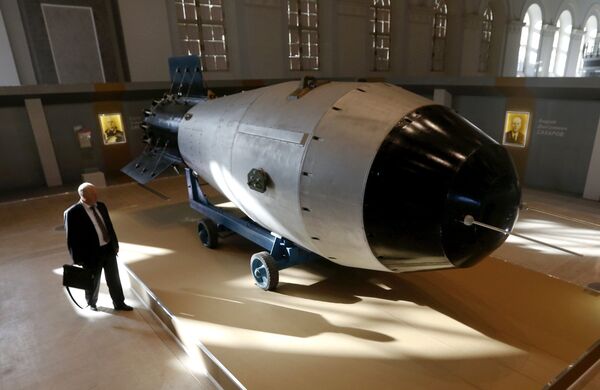
A control unit monitors steering pneumatic or gunpowder engines and keeps an eye on the stabilization of the thermostatic charge's weapons-grade plutonium, which may heat up while in a quiet state.
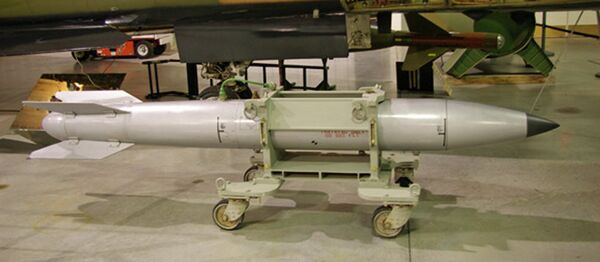
In addition, the warhead's cone contains an electricity supply network and electromagnetic pulse protection.
All this equipment is firmly installed on shock absorbers and is enclosed in a solid frame structure, topped with a thick layer of insulation.
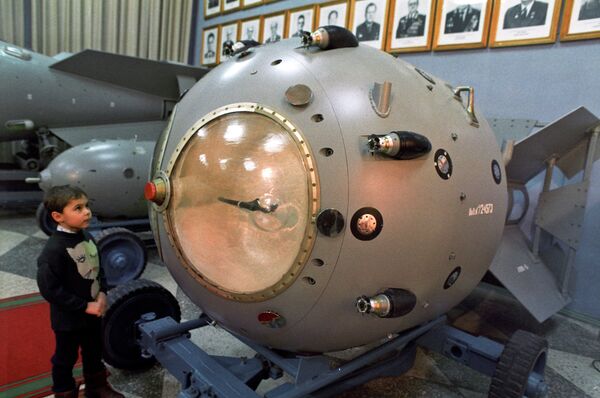
The thermonuclear charge and a control unit continuously interact with each other, a "dialogue" that starts immediately after the warhead's installation on a missile and ends when the warhead is detonated.
All this time, the control system prepares the fusion charge for detonation and at the right time gives the latest and most important order, according to the Rossiyaskaya Gazeta.
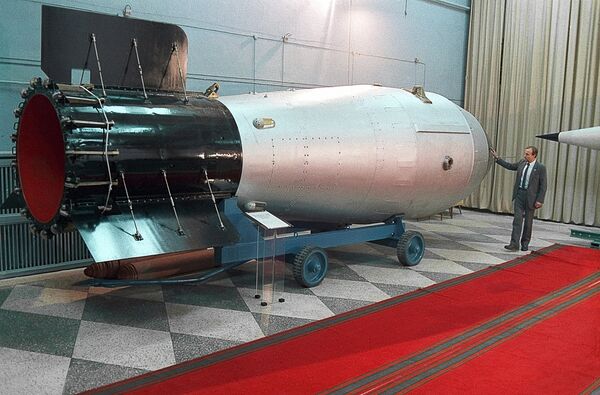
When put on combat alert, a missile's warhead is equipped with a pulse neutron activator, detonators, and other equipment. Keeping such a missile in a silo or on a mobile launch pad is hazardous which is why the warhead is prepared for detonation only during the missile's flight.
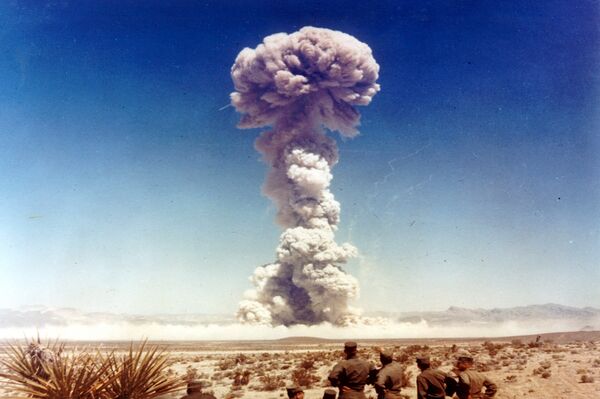
This take place on a step-by-step basis, with the help of complicated algorithms based on two basic conditions: the reliability of the motion to the target and control over the process. Should any of these factors deviate from the calculated values, and pre-detonation process will be immediately terminated.
A nuclear explosion comes in the twinkling of an eye. Flying at a speed of a bullet, a warhead just passes only a few hundredths of a millimeter before the entire power of a thermonuclear charge is converted into light, fire, shock and radiation with terrifying force, the newspaper concludes.

